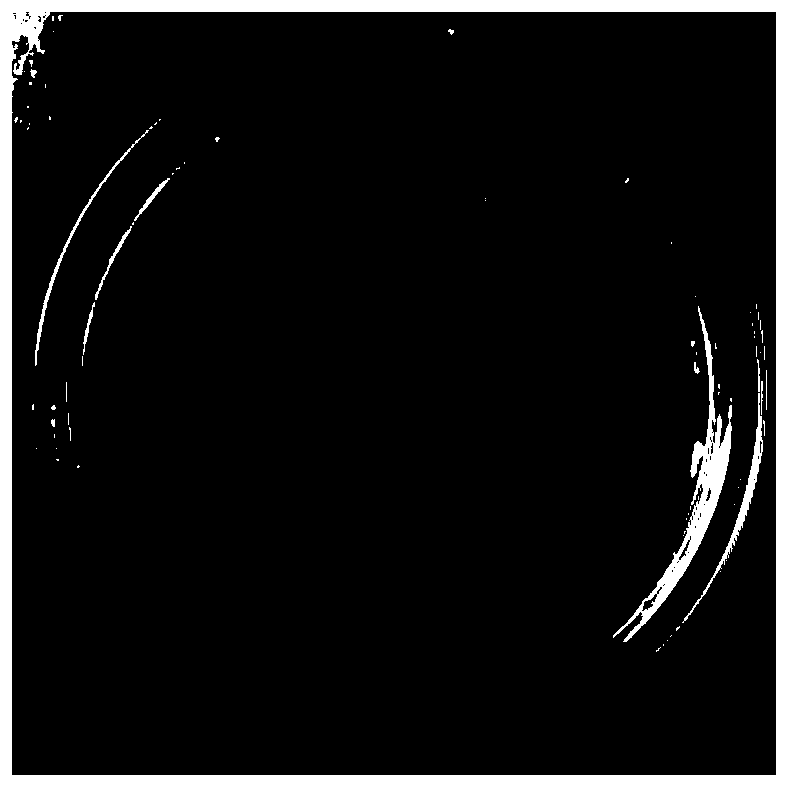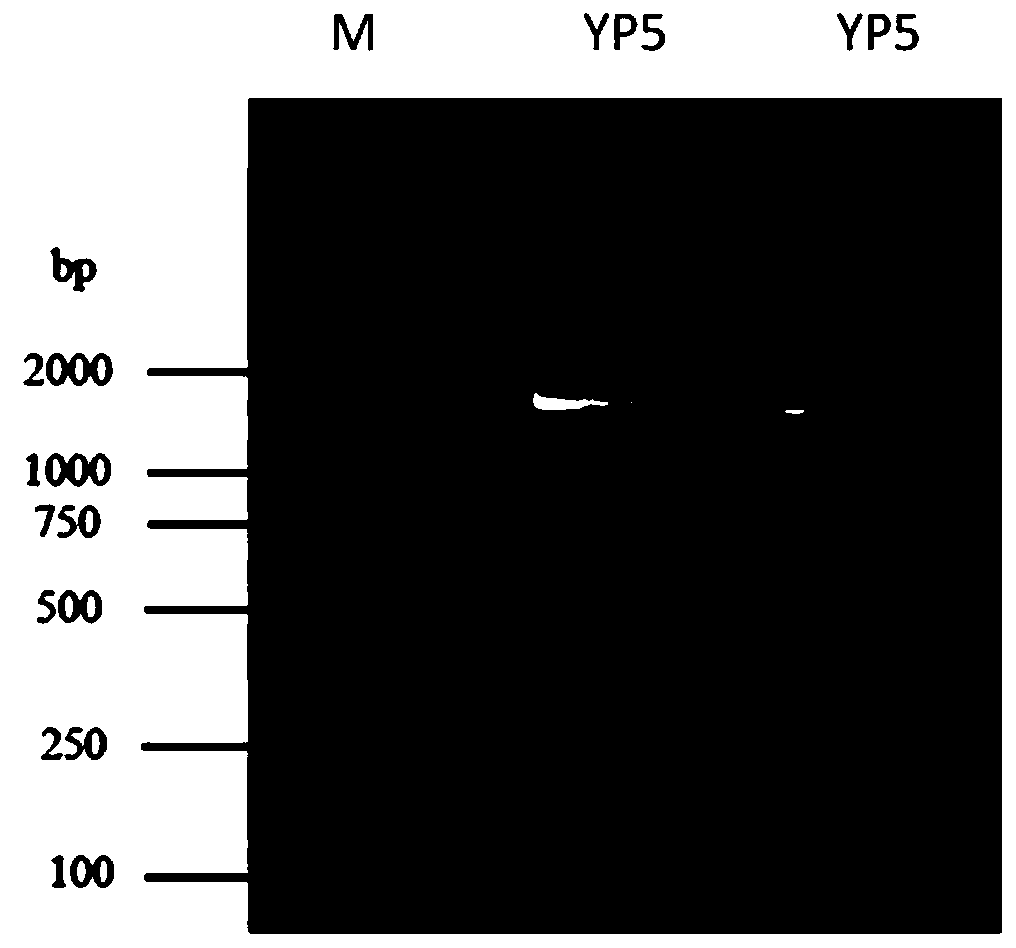Pseudomonas aeruginosa DGNK-JL2 and application thereof
A DGNK-JL2, Pseudomonas aeruginosa technology, applied in the field of agricultural biology, can solve problems such as unfavorable agricultural sustainable development, depletion of phosphorus and phosphorus resources, and environmental pollution
- Summary
- Abstract
- Description
- Claims
- Application Information
AI Technical Summary
Problems solved by technology
Method used
Image
Examples
Embodiment 1
[0033] The separation of embodiment 1 decomposing organophosphate bacteria
[0034] After 2 months of composting the traditional Chinese medicine dregs, take the traditional Chinese medicine dregs from the composting place, use the three-point sampling method, mix them into 1 part, seal them in a sterile bag, and bring them back to the laboratory to decompose organophosphate bacteria.
[0035] Under sterile conditions, weigh 10g of medicinal dregs and dissolve in 90mL of sterile water to fully shake and gradiently dilute to 10 -3 、10 -4 、10 -5 times the drug residue suspension, and then take 100 μL of each dilution and evenly spread it on the organophosphate-dissolving bacterial medium plate, and incubate it upside down at 37°C for 3 days, and observe whether there is a phosphorus-dissolving circle. The isolates with phosphate-dissolving effect were streaked and purified on the plate, repeated 3 times, and the purity of the colonies was observed with a microscope until a pur...
Embodiment 2
[0036] The double screening of embodiment 2 solution organophosphate bacteria
[0037] Using the phosphorus-dissolving circle method, the bacterial strain to be tested obtained in Example 1 was spot-connected on the organic phosphorus solid medium, repeated 3 times, and cultivated in a 36°C incubator for 3 days, according to the diameter of the transparent circle (D) and the diameter of the colony (d). The ratio (D / d) preliminarily determines the strength of the strain's ability to decompose organic phosphorus.
Embodiment 3
[0038] The mensuration of embodiment 3 phosphorus dissolving ability
[0039] The strains screened in Example 2 were inoculated into 20 mL of high-temperature sterilized nutrient broth medium and activated at 36° C. and 150 r / min for 1 d as seed liquid. Use a pipette gun to draw the seed solution according to the inoculum amount of 2% and add it to 100mL of high-temperature sterilized Montina lecithin medium, and use the fermentation medium without any bacterial solution as the blank control group, and set 3 replicates for each treatment , and cultivated at 36°C and 150r / min for 5 days. The fermentation broth was centrifuged at 4°C, 8000r / min for 15 minutes, and the supernatant was taken, and the effective phosphorus content in the fermentation broth was determined by the molybdenum-antimony anti-colorimetric method. The difference between the soluble phosphorus content of the experimental group and the control group was the strain to be tested. Phosphorus-dissolving capacity...
PUM
 Login to View More
Login to View More Abstract
Description
Claims
Application Information
 Login to View More
Login to View More - R&D
- Intellectual Property
- Life Sciences
- Materials
- Tech Scout
- Unparalleled Data Quality
- Higher Quality Content
- 60% Fewer Hallucinations
Browse by: Latest US Patents, China's latest patents, Technical Efficacy Thesaurus, Application Domain, Technology Topic, Popular Technical Reports.
© 2025 PatSnap. All rights reserved.Legal|Privacy policy|Modern Slavery Act Transparency Statement|Sitemap|About US| Contact US: help@patsnap.com



